The “KP”, a legendary reel in the South African fishing industry. Many anglers along our coastline began their fishing careers with a KP in hand. KP Scarborough reels began being manufactured in the late 1950s by Keith Palmer, or more commonly known as “KP”.
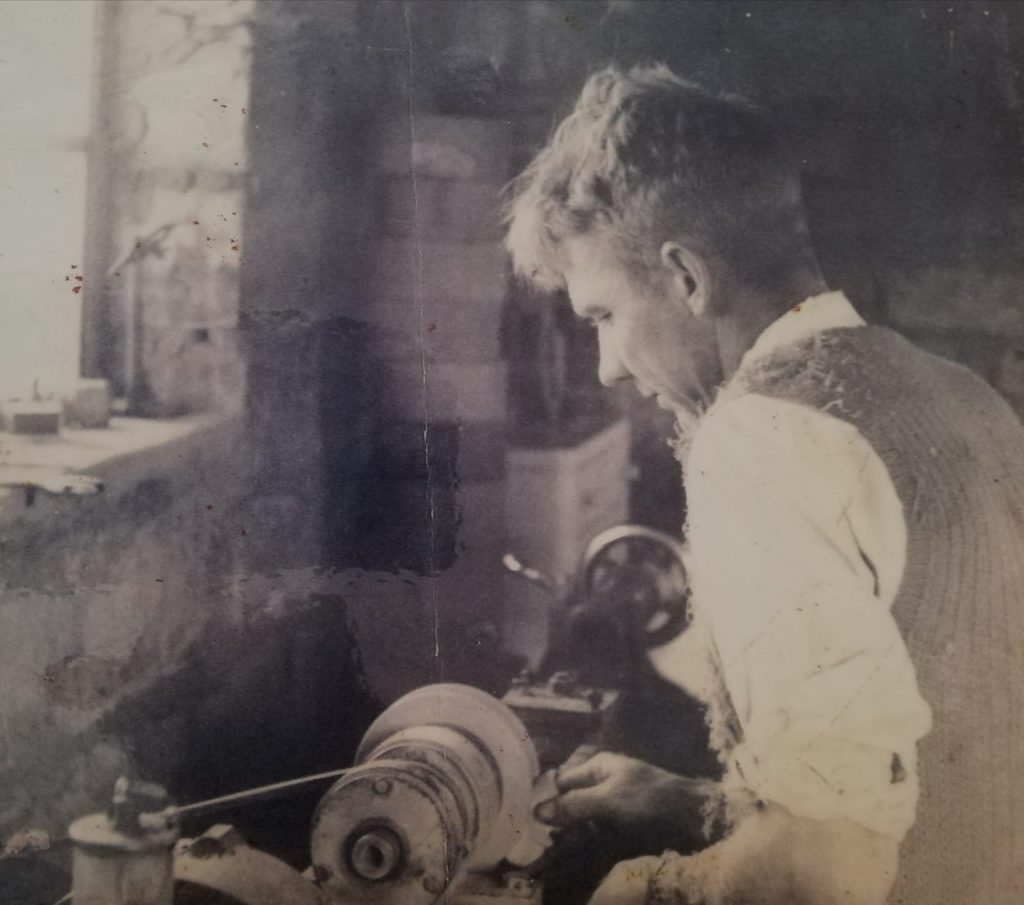
Over the years these reels have been used by anglers to target an array of different species, from small Shad(Bluefish in the rest of the world) to Marlin. With the 1:1 ratio of the reel, your pulling power is second to none and will out pull any of your Saltiga’s or Stella’s with ease!
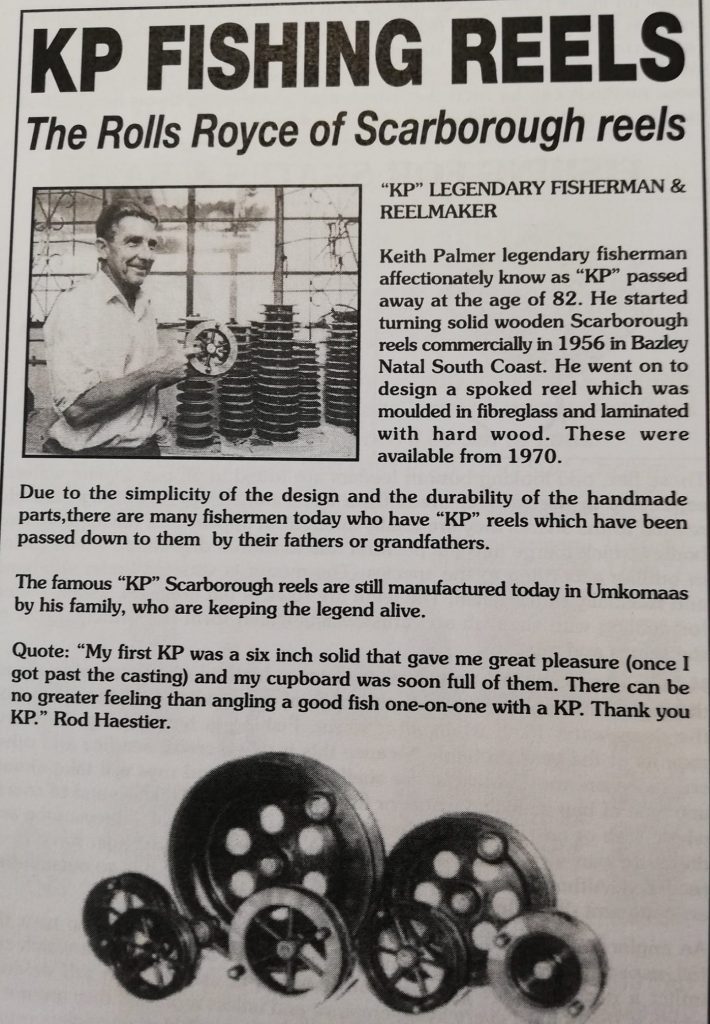
There’s just one problem, there is no drag system… the drag is your hand or belly…which can become quite painful when you start getting smashed up knuckles from the handles or the number 11 burnt into your hand if you hook up to that dream fish.
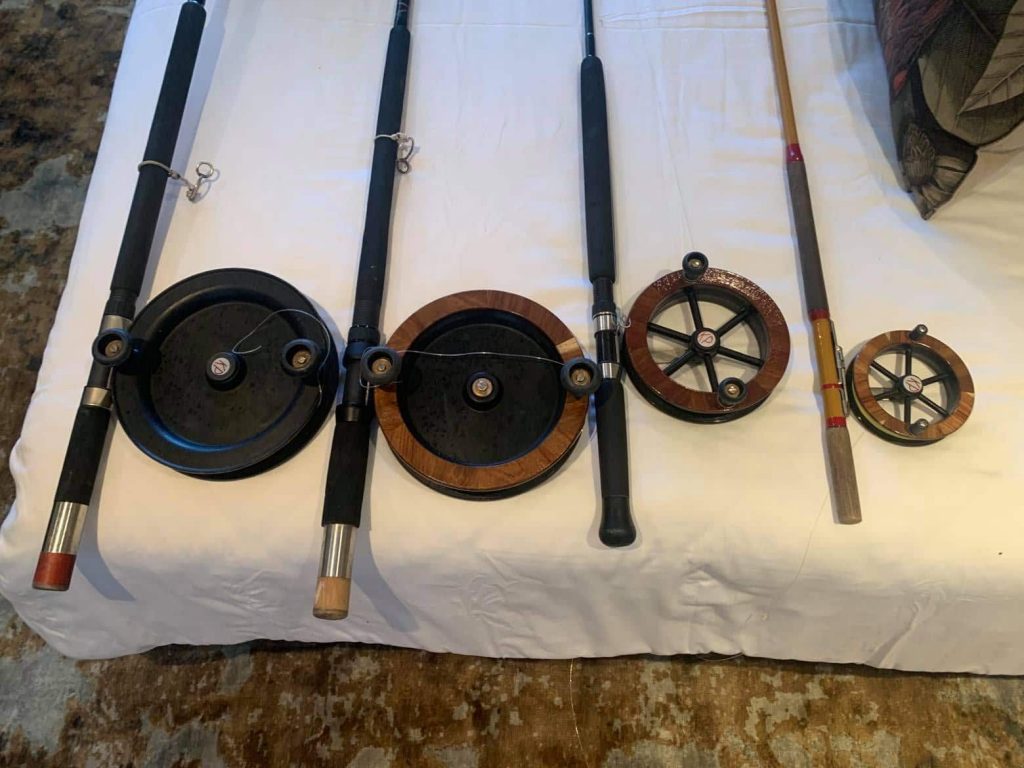
Although many people have used KPs for targeting game fish, they are more typically used for bottom fishing and deep dropping. They are so widely used for bottom fishing along our coast that you can go as far as saying you won’t find a commercial line fisherman along the KwaZulu Natal coast of South Africa using anything other than a KP.
There is quite an art to using a KP properly which many around the world would have never learned. You are almost guaranteed to get a few overwinds and sore knuckles the first few times you use one.
How To Use a KP Reel
There’s nothing modern about the methods and tackle used when it comes to fishing with a KP. You have to go really old school in the style of rod… I’m sure you all know what I mean by this… those ancient fairly long and very flimsy fiberglass rods with really short butt sections. One of those rods that when you pull the tip, it bends all the way to the butt almost immediately… yep those are them. Being a 1:1 ratio reel your drag is your hand, and when that fish makes a quick turn for the rocks to break you off you need your rod to have as much give as possible so that you have time to react on the reel else you literally won’t have any knuckles left afterward, or even sometimes you end up breaking the handles off the reel.
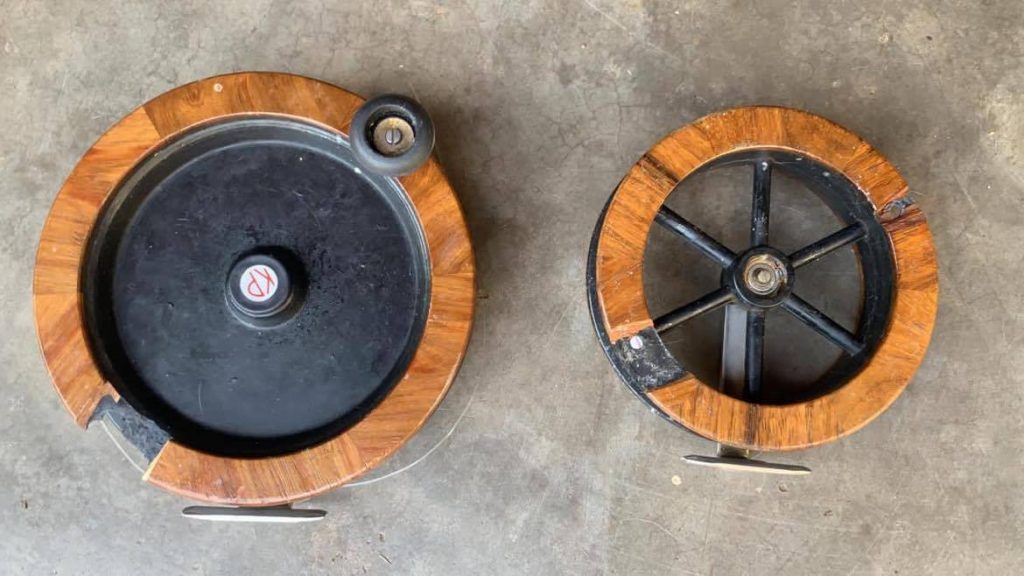
As I mentioned previously, bottom fishing and deep dropping is often the most common method used by anglers with KPs. This is often done with your standard “Christmas Tree” bait trace which can be altered slightly depending on your targeted species.
For example for the commercials mostly targeting small reds, they could use up to 15 hooks per trace. Whereas when targeting things such as Dagga Salmon(Jew Fish for many) you’d go for a 1-2 hook trace and then for targeting the Tropical Yellowtail(Kingies) you will often opt for a 1 hook running trace because of its gamefish nature of feeding you want to let him swim for a bit before feeling the weight of the sinker so he doesn’t drop the bait before you can set the hook.
Jigging with a KP Reel
Another very common method used by anglers with KPs is very similar to “slow pitch” jigging but a bit more old fashioned and less technologically advanced. This method makes use of a very basic looking “Slow pitch” jig basically…its plain center-weighted silver-coated lead spoon, but in the olden days it used to be a solid led spoon which you had to scrape with a knife to give it the shine you need…bit of a pain to do that so most guys have opted for silver-coated version. This method not only makes use of a similar lure to “Slow Pitch” jigging, but the rod action is also very similar, with your general short winds and long vertical pulls in-between. This method with a KP is known as “Whipping” or “Whip Spooning”.
Now although the above two methods could be quite tricky for people who have never fished like that before… after a few go’s you catch on fairly quickly… but the third and final way people use a KP is casting, which back in the day before spinning reels were a thing this was one of the only reels people were able to use to cast with so it was a common occurrence.
Although nowadays there are only a handful of people who catch onto this method… if you saw someone casting one of these you’d probably stand there and wonder how many beers the guy has had because of the casting action he’ll be using…there really is a very unique way of throwing them and I to this day still am not able to throw one properly…
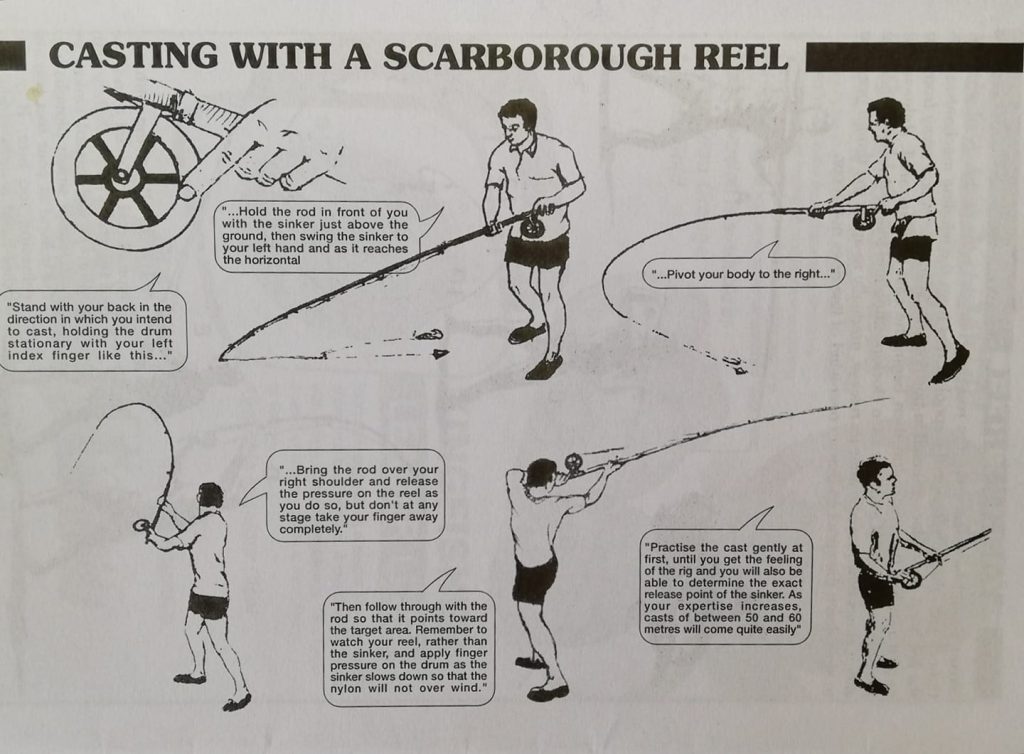
Fish of a lifetime #1
As with any form of fishing, the more time spent on the water the better your luck is and the more chance of catching those records.
This lockdown period has allowed me to spend a lot more time exploring my home waters than ever before, but it has also been a time with some extremely experienced anglers in these waters so I’ve been able to learn bits and pieces from them all. Over this lockdown period, I have been lucky enough to tick off some bucket list catches on a KP.
Starting with my first night trip on my newly refurbished boat(it was my not so little lockdown project – separate boat restoration post coming soon!). I had one of my dad’s friends who has fished these waters hard for the last 25 years on the boat and he had said we would take us to one of his most productive spots at that time of the year to target Dagga Salmon(Jewfish). I had caught many before but never anything I could shout about, but that was about to change.
In fishing, while your luck is in you need to try to capitalize as much as possible because as all of us fisherman know it can change really quickly…
After setting the anchor on the reef we prepared traces. For the Dagga, we use a two hook Christmas tree style trace with fairly long hook snoots(+- 1-1.2m long) with a 9/0 “J” hook(we normally use a Mustad Kendal Round just because its cheap but solid for that fishing) and then a long sinker line, anything up to 2-2.5m long some nights. For bait, we have a selection between Sardine, Live or Flapper mackerel, and live Maasbanker(Horse Mackerel). A flapper bait as we call it is when you cut the skeleton out of the bait so you then have the two fillets of the bait flapping, what this does is creates an action out of a dead bait but also opens up the flesh and guts and creates a lot more smell than what a sealed dead bait would create.
With live bait being scarce that night I decided to go with a Flapper Mackerel on my bottom hook and a live Maasbanker on the top. Wasn’t even 5 minutes and I was on…for such a big fish there bites are extremely soft so you have to be awake and ready. As it wasn’t even fully dark yet, during the fight there was much deliberation as to what fish it was, with massive head shakes throughout the fight we thought it could well be a big Amberjack, but it turned out to be a Dagga of a lifetime, weighing in at 35Kgs. Not a bad way to start the night. As the night went on we continued to get good bites and ended with our quota of 1 fish each before we had to head home due to the lockdown curfew which at that time was 9 pm.
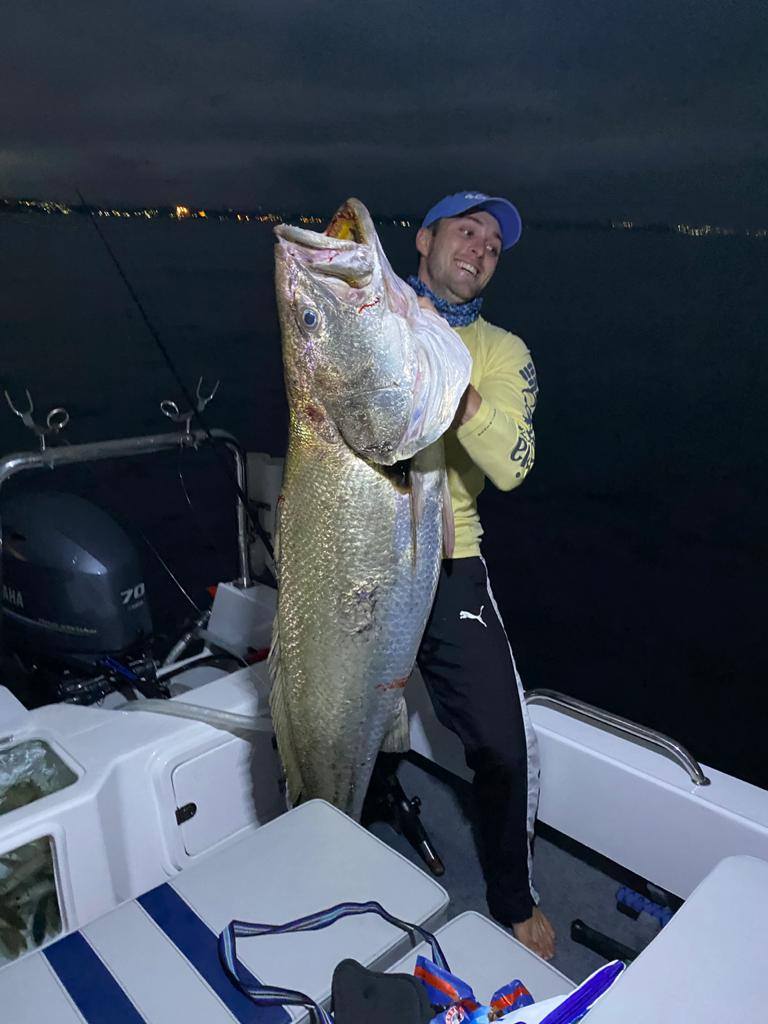
Fish of a lifetime #2
In fishing, while your luck is in you need to try to capitalize as much as possible because as all of us fisherman know it can change really quickly… Later that week I got onto the water again to go searching for some more dagga. This time we launched a little bit earlier to ensure we had ample time to find some good live bait. This also gave us some time to target some Yellowtail Kingfish in the afternoon before the sun went down. We managed to get one yellowtail out and got reefed by a few others but the highlight of this trip was another fish of a lifetime for me… yes that’s two in two trips…not often that happens, but I managed to land a 32kg Black Musselcracker.
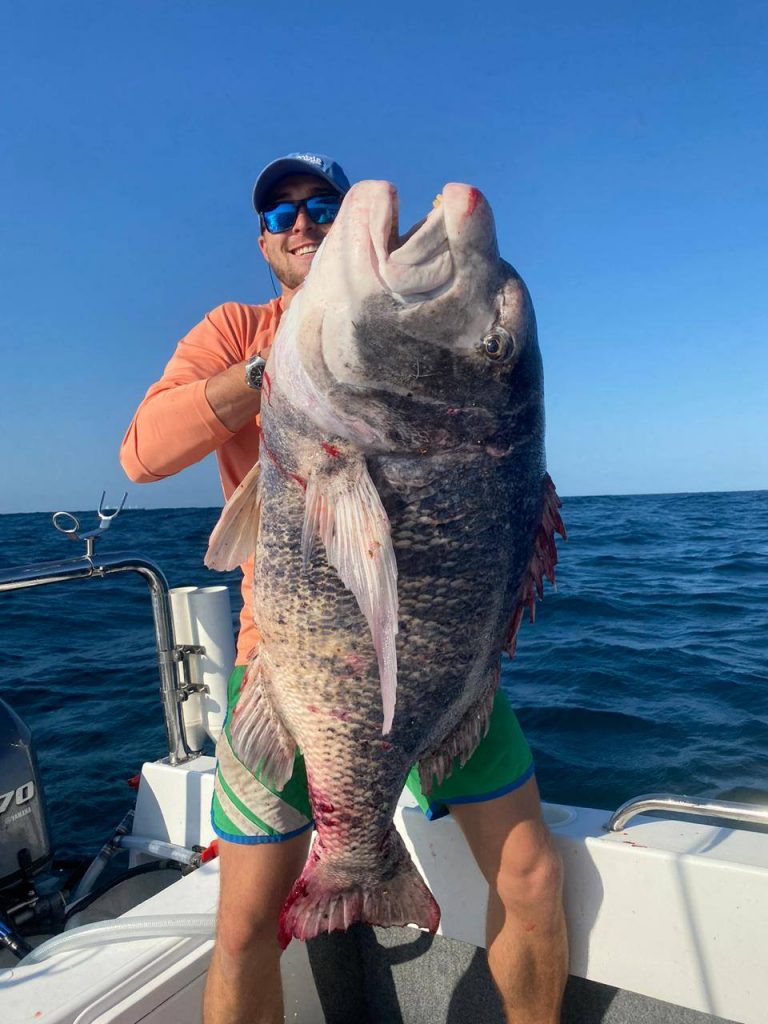
This fish will be one I remember for my entire life… not just because I probably will struggle to break it, but during the fight we had a boat pull up onto the spot and he didn’t like the fact we were fishing on that spot as he tried to tell us it was “his” reef and later actually pulled a knife out and threatened to come cut our anchor, etc… I don’t think it helped that as he did this up came a fish of a life time off “his” reef.
He later calmed down a proceeded to anchor next to us, but he just got hassled by sharks all afternoon… Karma is a bitch, isn’t it?
Last Cast
The KP is a South African legend in its own, but there are plenty of other drum reels that are also popular around the world.
One well-known reel that has also gained legendary status is Australia’s Alvey fishing reels. Similar to the KP in design and function, it has also been a reel that most fishing nuts have started with early in their career.
Simple in design, extremely functional, requires low maintenance and is capable of landing monstrous fish, drum type reels like the KP and Alvey are both a great starting point to fishing and a fun challenge for experienced anglers!
If you have a KP or an Alvey or any other scarborough reel, we’d love to read your stories about them! Send your KP story in the comments section below!
If you get a chance to get your mitts on one, don’t think twice and throw your money at it! Take it with you on your next bottom fishing adventure and get your face ready for sore cheeks as you and your mates will not stop smiling!

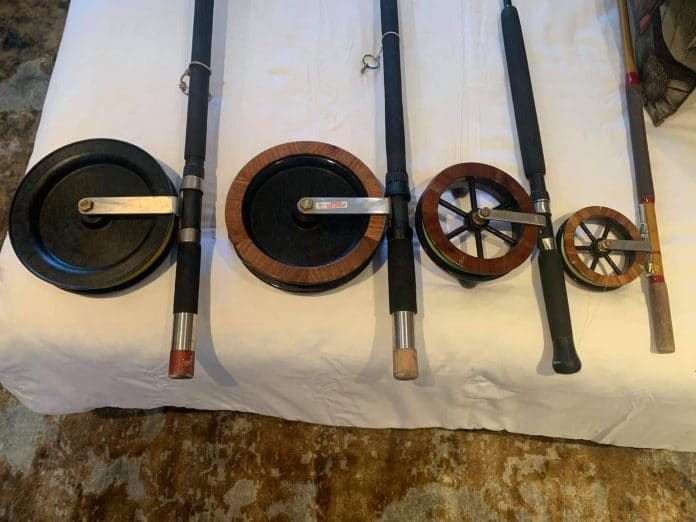
Hi James. It was amazing to see KP Reels featured in your article. You sure are living the dream. Regards Colin KP Reels
cheers Colin, love your reels keep up the great work!
It’s been my life’s fishing ambition to cast with a Scarby and I’m getting there. Once you’ve caught with a KP all other reels are boring.
You get quite odd looks down here in the Cape if you’re armed with a spokie.
haha I can imagine, best of luck mate.
Where can you purchase one?